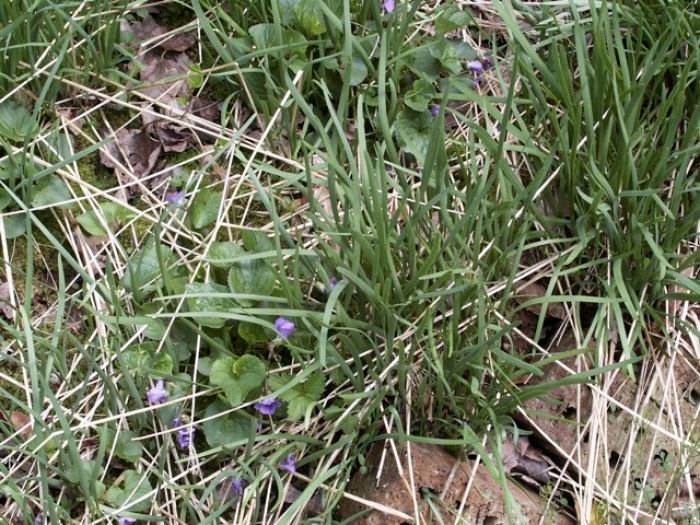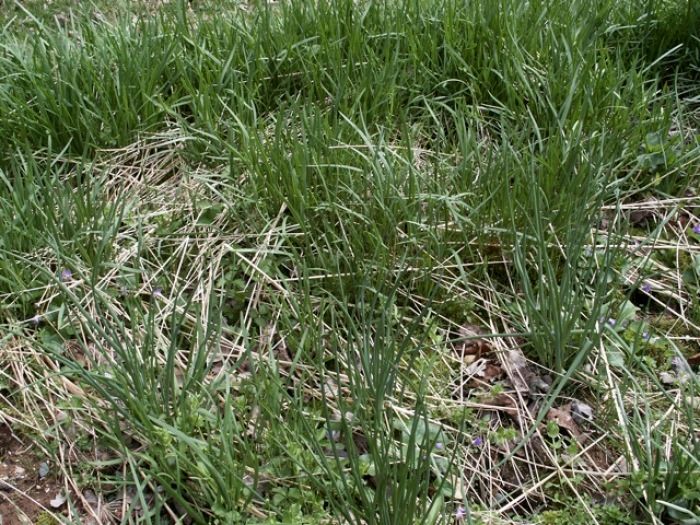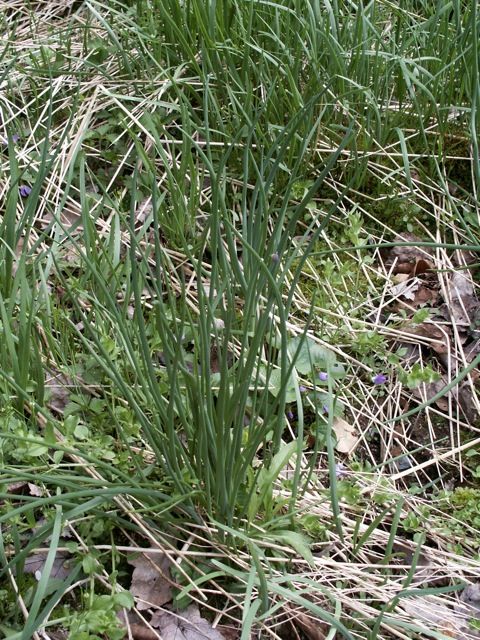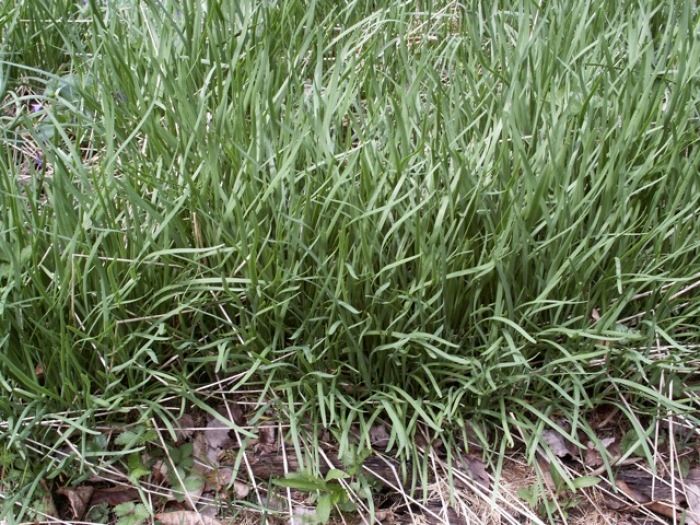
Allium schoenoprasum, A. tuberosum
Common chives, garlic chives
Native range: Europe and Asia
Plant type: Perennial, hardy in Zones 3 to 9
Members of the onion family, both common and garlic chives are hardy perennials. I have found that I must grow two varieties of chives. The most common, Allium schoenoprasum, has very small tubular leaves and reaches about 1½ to 2 feet in height, and puts forth spherical, reddish-purple blooms in early spring. Garlic chives, Allium tuberosum, has flat broad leaves and can grow to 2½ feet, and much later in the season will be covered with pure white, star-shaped blooms borne on umbels. Garlic chive (sometimes called Chinese chive) has a much stronger, garlic-like flavor; I like the finer taste of common chives with lighter foods and the garlic flavor with robust dishes.
How to grow
You can propagate both types of chives by sowing seed in spring or by root division in spring or fall. Plant them in full sun in a well-drained soil amended with humus, and in a spot with good air circulation. Garlic chives have a tendency to reseed and will grow so thickly that they choke each other out, so be sure to divide when they become thick. Cut both plants back after they bloom to encourage new growth. They are one of the first herbs to reappear in the spring.
Culinary uses
Harvest leaves from early spring through late fall. The slender dark green leaves require minimal care and thrive on constant snipping to sprinkle over the plainest salad or the simplest soup. Once the flavor of fresh chives is established in the cook’s palate, it will suggest itself as a pleasing touch to many classic and impromptu dishes.
Fresh chives have are so much better than dried; I don’t use the latter. Sometimes, I do snip fresh chives into a freezer container and keep them on the freezer door for convenience. As chives are easy to grow indoors and out, insect and cold resistant, they add much for little to the essential herbal variety that stimulates the imagination and the taste buds.
The leaves should be snipped from the bottom, about one half inch above soil level. Fresh snipped chives and their flowers flavor butters, vinegars, sauces, soups, and vegetables, and are very good with cheese and egg dishes, potatoes, tomatoes, and most vegetables. An especially tasty green rice may be made by adding equal amounts of snipped chives and minced parsley to taste. Chive butter made of one-half cup of snipped chives and flowers and one-half pound of softened unsalted butter should not be restricted to potatoes; it is excellent with grilled garden tomatoes, fresh corn, sweet peas, and summer squash. With the addition of a tablespoon or so of lemon juice, it adorns the finest fresh lobster or grilled meat.
Once the bloom buds appear, I look forward to using the flowers as an onion-flavored garnish. In my Maryland garden, the common chive blooms during the month of May and the garlic chive blooms late June through July and into August. I always allow some chives to bloom so I can use them to garnish a variety of foods. Harvest flowers, which have a strong onion-like flavor and aroma at their peak, cut the blooms from their stems and scatter them over soups, vegetables, pasta, canapés, and salads. If your summer garden has abundant chives, cut the lavender or white blossoms and steep them in white wine or rice wine vinegar for an allium-flavored salad vinegar. Common chive blossoms give a beautiful lavender color to vinegar. For a rare garden treat, dip garlic chive blossoms in a light batter and gently fry them until golden brown.























Comments
Log in or create an account to post a comment.
Sign up Log in